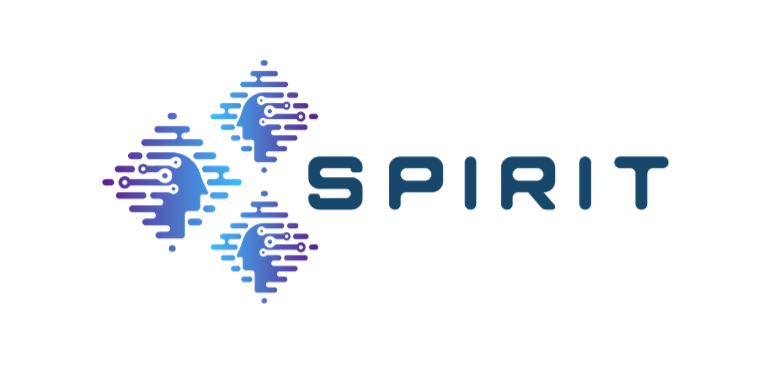IEEE/IFIP Network Operations and Management Symposium (NOMS)
8-12 May 2023 | Miami, FL, USA
[PDF]
Farzad Tashtarian (AAU, Austria), Abdelhak Bentaleb (Concordia University, Canada), Hadi Amirpour (AAU, Austria), Babak Taraghi (AAU, Austria), Christian Timmerer (AAU, Austria), Hermann Hellwagner (AAU, Austria), Roger Zimmermann (National University of Singapore, Singapore)

Video content in Live HTTP Adaptive Streaming (HAS) is typically encoded using a pre-defined, fixed set of bitrate-resolution pairs (termed Bitrate Ladder), allowing playback devices to adapt to changing network conditions using an adaptive bitrate (ABR) algorithm. However, using a fixed one-size-fits-all solution when faced with various content complexities, heterogeneous network conditions, viewer device resolutions and locations, does not result in an overall maximal viewer quality of experience (QoE). Here, we consider these factors and design LALISA, an efficient framework for dynamic bitrate ladder optimization in live HAS. LALISA dynamically changes a live video session’s bitrate ladder, allowing improvements in viewer QoE and savings in encoding, storage, and bandwidth costs. LALISA is independent of ABR algorithms and codecs, and is deployed along the path between viewers and the origin server. In particular, it leverages the latest developments in video analytics to collect statistics from video players, content delivery networks and video encoders, to perform bitrate adder tuning. We evaluate the performance of LALISA against existing solutions in various video streaming scenarios using a trace-driven testbed. Evaluation results demonstrate significant improvements in encoding computation (24.4%) and bandwidth (18.2%) costs with an acceptable QoE.













